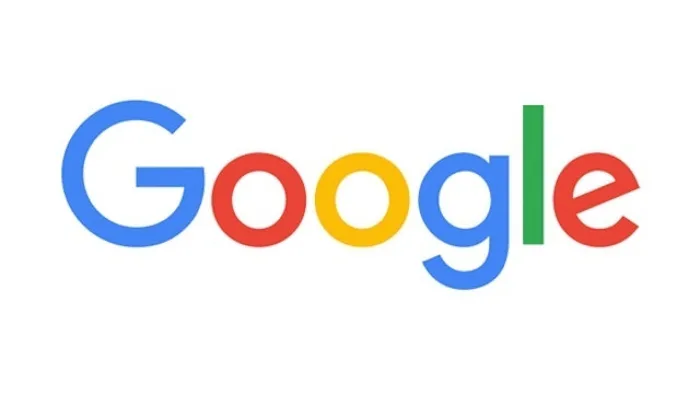
Google.com is more than just a website. It is a verb, a doorway to facts, and a basic part of daily life. Google has changed how we find knowledge and earned its title as a necessary tool over the years. Let’s celebrate September 15th, the official Google.com Day by looking at what makes Google so special.
From BackRub to Google
Google’s story began at Stanford University. Larry Page and Sergey Brin started a project called BackRub. Their main idea was to rank web pages by how many other pages linked to them. This method looked at links as votes of importance and laid the foundation for what would become Google.
The PageRank algorithm
The PageRank algorithm was a real breakthrough. It greatly improved how relevant search results appeared. Before PageRank, finding good info online was tough. This new system made web searches much better by it looking at the quality and number of links to a page. This helped people find exactly what they needed, faster than before.
Jumping ahead, Google has simplified information access and now plays a big role in how we shop, access facts, and even learn online. Google Search helps users quickly find reliable information on almost any topic, supporting research and learning. Google Shopping allows people to compare prices and discover products from various retailers, making online shopping more convenient. Platforms like Google Scholar and YouTube also support education by offering access to academic papers and instructional videos. Overall, Google.com has become a central part of how we interact with the digital world.
Unique attributes
Google didn’t build its reputation based solely on functionality. It made a unique and visually creative impression on many users with Google Doodle. The first Google Doodle appeared in 1998 and marked the start of a fun tradition that celebrated things such as holidays, events, and notable figures, by temporarily altering Google’s logo.
Aside from its intriguing Google Doodle’s, Google has evolved far beyond its initial function as a search engine. It now offers a wide variety of tools that support users in many aspects of daily life. Google Maps provides detailed navigation, local business information, and real-time traffic updates, making travel and commuting more efficient. Google Translate helps break language barriers by translating text, speech, and images between numerous languages.
For productivity, tools like Google Docs, Sheets, and Slides allow users to create and collaborate on documents online. Gmail offers reliable and user-friendly email communication, while Google Drive provides secure cloud storage for files and backups. Whether for travel, communication, work, or learning, the diverse tools are designed to make tasks easier and more accessible.
Alongside the wide range of tools and functions Google has incorporated, they also offer a range of features designed to improve accessibility for people with disabilities, ensuring that its tools are inclusive and easy to use. Voice Search and Google Assistant provide hands-free control for users with mobility challenges, allowing them to perform tasks like sending messages or controlling smart devices through voice commands. Live Transcribe, an app for Android, converts spoken words into real-time text, making conversations more accessible for those who are deaf or hard of hearing.
Google’s Android accessibility settings offer a variety of options, such as magnification gestures, screen readers, and text-to-speech, to assist visually impaired users. Additionally, automatic captions for YouTube videos and real-time captions for Google Meet enhance accessibility during media consumption and virtual meetings. Together, these features reflect Google’s ongoing commitment to creating more inclusive and user-friendly tools for everyone.
A glimpse ahead
Google.com is still growing today by constantly expanding its offerings and evolving to meet the needs of a rapidly changing digital landscape. One of the key areas of growth is artificial intelligence (AI), with Google integrating advanced algorithms into its search engine, making results more personalized and relevant. Additionally, Google continues to invest heavily in cloud computing through Google Cloud, providing businesses with powerful tools for data storage, analysis, and AI-driven insights.
The company is also expanding in the hardware space with products like the Pixel phones, Google Home smart speakers, and the Nest smart home devices, integrating its software ecosystem more deeply into users’ lives. Google has also made significant strides in emerging technologies such as quantum computing, self-driving cars through Waymo, and even health tech through its acquisitions in the healthcare sector.
Legacy and future
With constant innovation in both software and hardware, Google.com remains a central hub for not only searching the web but also shaping how we interact with technology on a global scale. Google.com Day serves as a reminder of how far Google has come in shaping the digital world we interact with daily.
From its humble beginnings as a search engine, Google has grown into a multifaceted platform that touches nearly every aspect of modern life and has changed how we live our daily lives. With its continuous innovation, Google remains at the forefront of technology, making the internet more accessible, efficient, and integrated into our lives. As Google.com continues to evolve, it will undoubtedly continue to drive change, pushing the boundaries of what’s possible in the digital age.



